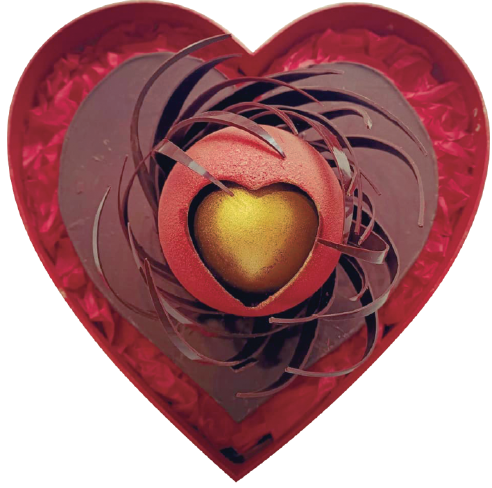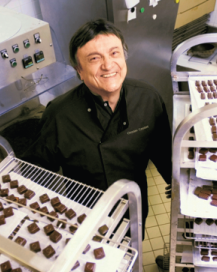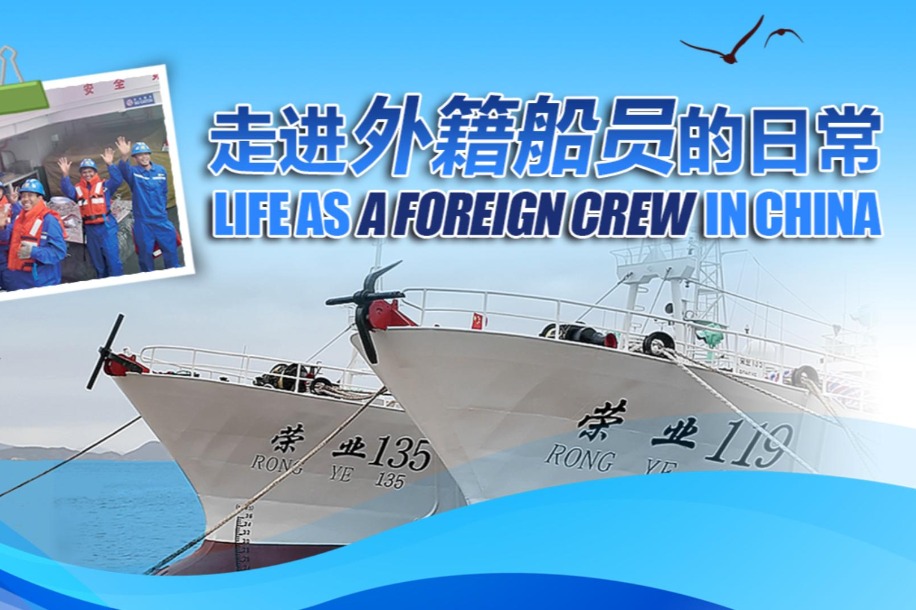The charms of CHOCOLATE
From the origins of the cacao bean to the interpretation of all those percentages on packaging, chocolatier Christian Constant shares his rich knowledge.

For more than 50 years, Christian Constant has been a chocolatier, which has earned him international renown. He travels around the world in search of ingredients that will perfectly flavor his subtle cacao concoctions. This self-proclaimed "chocolate composer", who proved himself at the Parisian culinary empire Lenôtre in the 1960s, picks his geranium notes on the verdant slopes of Réunion Island and his ylang-ylang fragrances on the shores of the Mayotte. Some of his finest ganaches release aromas of jasmine and cardamom, while others smell like frangipani-and each creation is a gourmet break for the discerning palates of Paris and Tokyo.
When did you first become so passionate about the cacao bean?
As the son and grandson of winegrowers, I became interested in processing cacao beans. There's a very strong relationship between the preparation of wine and that of cacao, both of which are the result of alcoholic fermentation. This process leads to acetic fermentation via malolactic fermentation. Unlike wine, processed chocolate doesn't improve with time-quite the opposite.
So how exactly are the beans transformed into chocolate?
After fermentation and drying of the beans, the preparation consists of very light roasting-the Maillard reaction-then shelling and removing the germ. The beans are left to be ground and transformed into a paste with a texture of less than 12 microns. It's left to be sweetened, more or less to balance the acidity. Large cacao beans are always slightly more acidic than "merchant" cacao beans.
Like wine, chocolate is a pure product. Just as one prepares a kir or sangria, it's possible to add things like dry milk to it, or even something else. The so-called "white chocolate" is made of the fat (called "cocoa butter") obtained by pressure, to which dry milk and sugar are added.
How did cacao evolve into what we know as chocolate today?
The moment it was mixed with sugar still remains a mystery. Sugar cane was brought from the East by Marco Polo and then transplanted to Jamaica, but from there...
What are the historic origins of cacao consumption?
Mesoamerican civilizations report such consumption, but in a totally different form from ours. Cacao appears there as a generator of force or power, as humoral medicine did in other civilizations. The cacao tree is a tropical plant living in shade in the wetlands of the Orinoco. Monkeys, who eat the sweet pulp of the fruit, are credited with the transit to the wetlands of Central America. The actual plant cultivation dates back to the conquest of New Spain by Cortés, in what is today Venezuela. The Portuguese cultivated cacao in Brazil and transplanted it to their African colonies-from São Tomé to Príncipe, to Bioko and to the Gulf. From there, the French took over its cultivation in the Ivory Coast via Ghana. It could then be found in Madagascar, Ceylon, Indonesia, Vietnam, Samoa and beyond.
Tell us about the main varieties...
For a long time, the vocabulary of Venezuelan farmers was used. In Spanish, they distinguished between local (criollo), foreign (forastero) and hybrid Trinidadian (Trinitario) cacao. This semantics can be picked up by any Spanish-speaking and cacao-producing country. Researchers today distinguish more than 25 hybridizations, often from research centers in each producer country. The cacao tree is as unfaithful as the tomato. The laws of the market distinguish "fine" cacao from "merchant" cacao, with price differences from one to five. It is possible to improve the yield and resistance to diseases-such as Ecuador's CCN-51-of the wonderfully aromatic Nacional Arriba, down to the lowyield, even if it's from the same country. Involuntary crossbreeding will be inevitable in the near future.
To you, what are the most beautiful cacao plantations in the world?
A few examples include the famous Porcelana of Maracaibo, the Trinitarion of the San Juan estate and the Nacional Arriba of the Esmeraldas estate in Ecuador.
Switching gears a bit, which alcoholic beverages are best paired with chocolate?
Generally speaking, certain alcohols: rum, cognac, whisky or even white spirits. As far as wines are concerned, the junction occurs with all the muté wines somewhat oxidized by ageing, such as Rancio, Maury, Rivesaltes, Porto, Xérès and so on.
In the kitchen, what are the possible options for using cacao? Or is it only for dessert?
Unsweetened cacao has been used not only for its very strong taste in small doses-such as red wine sauces, in rivalry with ginger-but also in infinitesimal doses on Catalan-style lobsters, for example. It's also used for its tinting and thickening power.
How can today's consumer navigate all the different percentages of cacao content indicated on the packaging?
The consumer misinterprets these percentages. Would it occur to you to buy wine according to its alcohol content? Large cacao is always slightly more acidic than regular cacao. Therefore, it has to be sweetened a little more. A good average percentage is usually around 70 percent cacao. One tip: read the composition on the packaging. Chocolates made from cacao beans are obviously better than those made from "cacao paste". Producing countries tend to prepare this "paste" themselves, incorporating all kinds of beans without sorting them.
Read more: cdlifestylepremium.com



Today's Top News
- Xi urges central SOEs to contribute more to Chinese modernization
- Five continents, five rhythms in 2025
- Lawmakers review draft law to expand childcare services
- China's new-style tea brands find a hot new market in US
- Xi extends congratulations to Chilean president-elect
- Japan urged to stop provocative moves






























